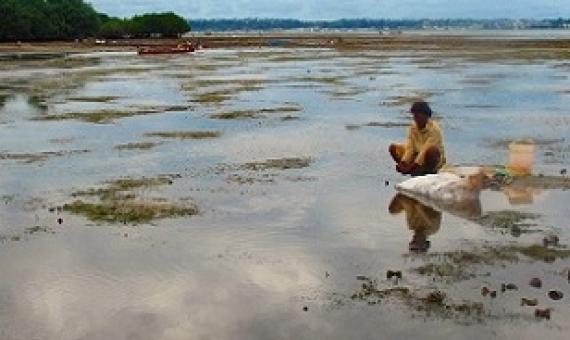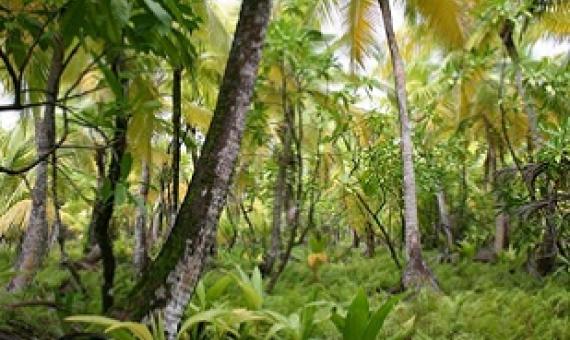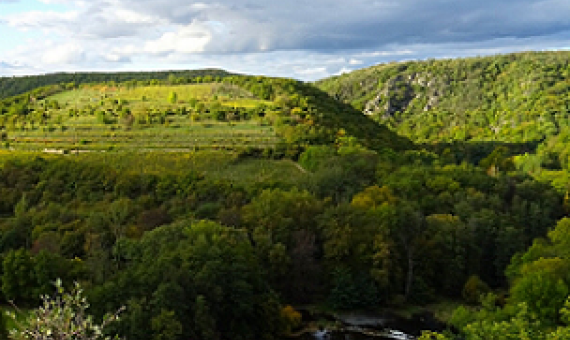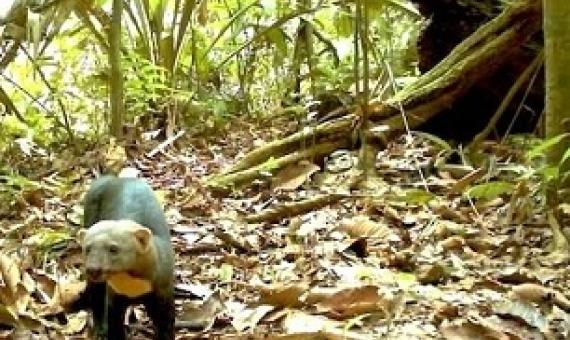A study found that Fijian communities engaged in the country’s locally managed marine areas network, known as FLMMA, exhibited strengths in the mechanisms believed to advance conservation efforts, such as community participation in decision-making and financial support.
Participatory monitoring drives biodiversity knowledge in global protected areas
Protected areas are central in strategies to conserve biodiversity. Effective area-based conservation relies on biodiversity data, but the current biodiversity knowledge base is insufficient and limited by geographic and taxonomic biases. Public participation in biodiversity monitoring such as via community-based monitoring or citizen science increases data collection but also contributes to replicating these biases or introducing new ones.
A small team of zoologists, eco-scientists and biologists at Aarhus University, in Denmark, reports that slowing down cargo ships when they move through vulnerable areas could reduce their negative impact on marine life.
A study suggests that approximately 79% of Earth’s remaining natural vegetation should be protected to meet the international goals set by the United Nations on climate, biodiversity and development.
A new international study has found that amphibians and reptiles inhabiting the world's nature reserves, or Protected Areas (PAs), will be better protected against climate change than species found outside these areas, but are still likely to be harmed.
By 2030, if the "30 by 30" initiative supported by more than 100 countries is successful, 30% of our land and ocean ecosystems will be designated protected areas meant to safeguard biodiversity and help limit the impacts of climate change.
Protecting the ocean and providing livelihoods and food security do not have to be mutually exclusive.
Marine heatwaves are emerging as a key impact of climate change and pose a particularly significant threat to corals that form the backbone of coral reefs. Researchers have now identified a phenomenon that could help coral reef managers better plan and act for the future.
Gaps and weaknesses in the global protected area network for safeguarding at-risk species
Protected areas are essential to biodiversity conservation. Creating new parks can protect larger populations and more species, yet strengthening existing parks, particularly those vulnerable to harmful human activities, is a critical but underappreciated step for safeguarding at-risk species. Here, we model the area of habitat that terrestrial mammals, amphibians, and birds have within park networks and their vulnerability to current downgrading, downsizing, or de-gazettement events and future land-use change.
The effectiveness of global protected areas for climate change mitigation
Forests play a critical role in stabilizing Earth’s climate. Establishing protected areas (PAs) represents one approach to forest conservation, but PAs were rarely created to mitigate climate change. The global impact of PAs on the carbon cycle has not previously been quantified due to a lack of accurate global-scale carbon stock maps. Here we used ~412 million lidar samples from NASA’s GEDI mission to estimate a total PA aboveground carbon (C) stock of 61.43 Gt (+/− 0.31), 26% of all mapped terrestrial woody C.






